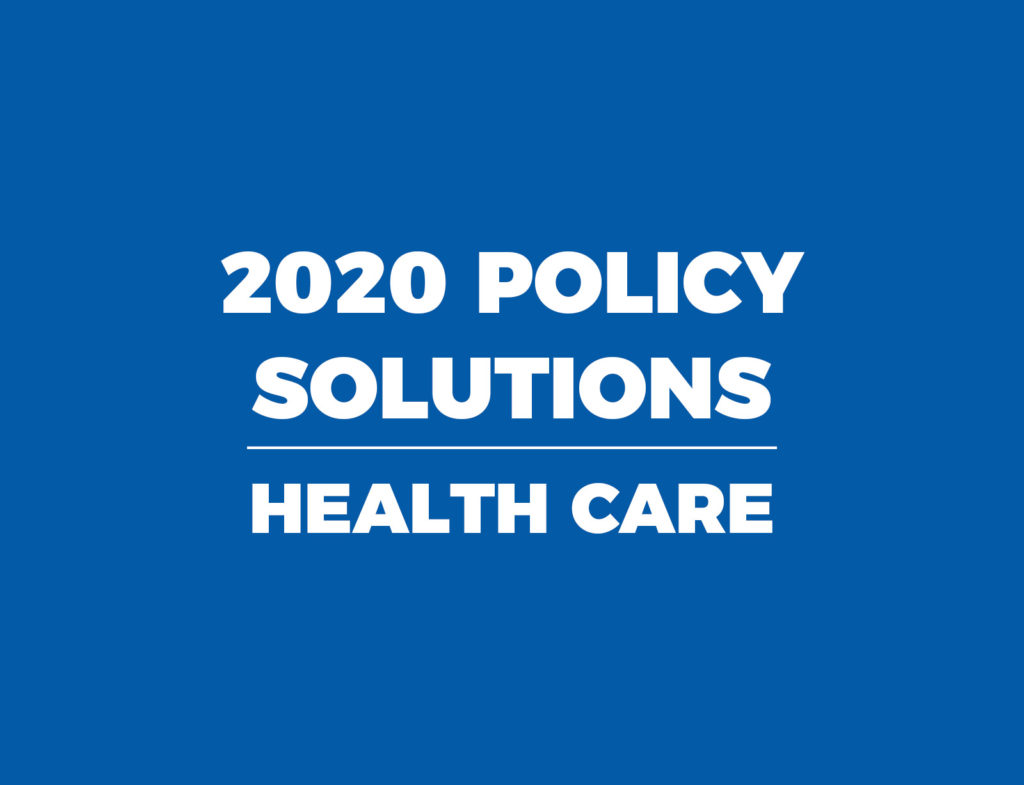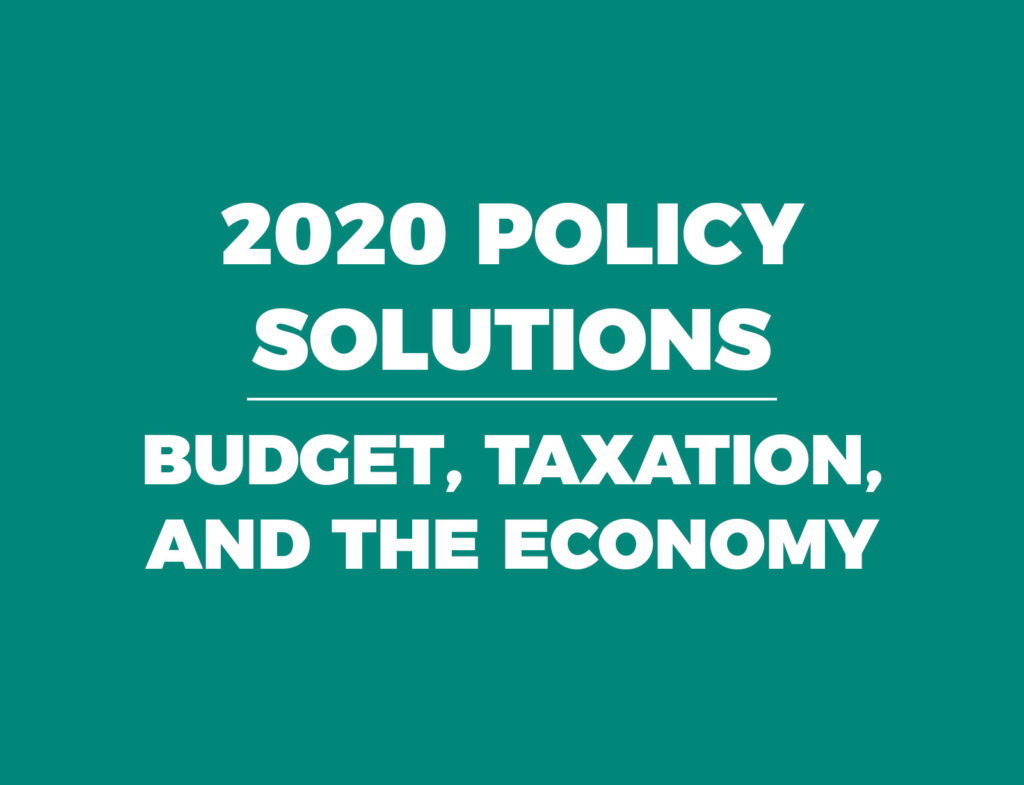Introduction
Updated as of January 2020.
The most obvious fact about transportation in America in the 21st century is that people overwhelmingly prefer personal automobiles. Cars offer the greatest range of mobility and fastest arrival at destinations. They also offer privacy, choice, flexibility, adaptability to wants and needs, insulation from weather, and individuality.
Good transportation policy begins by respecting that choice.
According to the Bureau of Transportation Statistics, only 1.0 percent of North Carolina commuters take public transit. Of public transit options, however, buses are clearly superior. They can offer a wide range of routes and choices. They use pre-existing transportation capital (i.e., roads) and can adjust routes as needs change.
In contrast, fixed-rail lines offer no route flexibility once installed. Operating rail is very expensive, and building new rail routes requires enormous capital expenditures. At the same time, rail transit attracts very few riders — fewer than 1 percent of the share of motorized passenger travel in all but the very largest, densest metropolitan areas. That share seems to be dwindling with the onset of ridesharing services such as Uber and Lyft.
What about nonmotorized choices? Walking and bicycling may be healthy choices favored by planners, but only handfuls of people opt for them. When it comes to commuting, walking and biking depend on population density, closeness of work to home, geography, and weather conditions. In North Carolina, just 1.7 percent of commuters walk to work (a higher share than those who take public transit), while only 0.2 percent choose to bike.
The essential fact that policymakers must confront in public transit policy is that there are limits on public dollars for transportation options. Spending public money for transit competes against spending public money on other important areas, including education, police protection, fire and emergency services, even public parks. It also competes against the real public good of keeping taxes low with an eye toward promoting faster economic growth, greater job creation, more business investment, and greater freedom and choices.
The aim of sound transportation policy is to provide mobility and move people effectively. Planners should build to serve people’s needs. Policy should not be about reshaping the community or dismissing people’s primary mode of choice. Spending should be commensurate with how frequently individuals use transit. Spending scarce transportation funds disproportionately on low-demand modes like rail or bike lanes will increase congestion over time and hinder economic growth.
Key Facts
- Longer travel times, whether by traffic congestion or transit lags, negatively affect local productivity, employment, company profits, and consumer prices.
- According to the federal Bureau of Transportation Statistics, North Carolinians overwhelmingly choose personal vehicles for their commutes: 81.1 percent chose to drive alone in 2017, up from 80.6 percent in 2013. The only other growing option was working from home (from 4.5 percent to 6.1 percent).
- The Bureau of Transportation Statistics reported that carpooling declined from 10.5 percent in 2013 to 8.9 percent in 2017. Other options also declined during the same time period: public transit (from 1.1 percent to 1.0 percent), walking (from 1.9 percent to 1.7 percent), and choosing taxis, motorcycles, or biking (from
1.3 percent to 1.2 percent). Bike-riding, which didn’t register previously, came in at 0.2 percent. - A recent index of city transportation choices ranked Charlotte and Raleigh among the 10 least “car-free” metropolitan areas in the United States. As the index creators explained, choosing not to commute by car “depends a lot on where you live,” and Charlotte and Raleigh are less dense and more spread out places “where it is relatively easy to get around by car.”
Recommendations
- Spend scarce transportation funds to meet people’s needs, not to change behavior. Over time, diverting limited resources disproportionately to low-demand transportation options leaves highways and roads unable to sufficiently handle their high demands.
- Avoid the “romance of rail.” Make practical transit improvements, such as providing better bus systems and allowing private innovation, such as ridesharing. These are more cost effective and flexible and move far more people far more efficiently than rail.
- Repeal outdated zoning concepts and other urban regulations. Regulations create artificial barriers between where people live and where they work and shop. This makes driving more necessary than it otherwise would be for some people.



